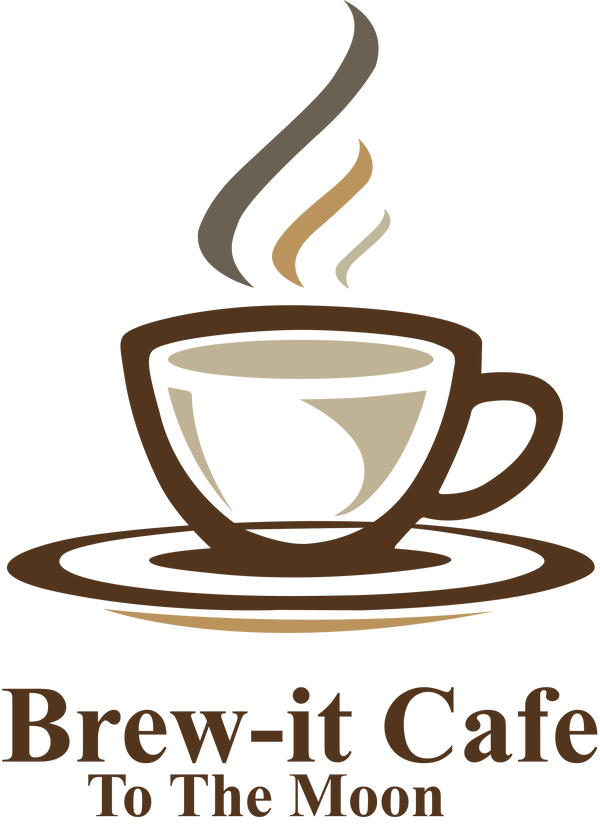A Complete Guide to Brewing the Perfect Cup of Coffee
Brewing a perfect cup of coffee is an art that combines various elements of science and personal preference. With the right methods, equipment, and techniques, you can elevate your coffee experience at home. At Brew-it Cafe, we are passionate about delivering premium coffee, tea, and hot chocolate for the ultimate brewing experience. This guide will delve into the best coffee brewing methods, essential coffee brewing equipment, and tips to help you brew the perfect cup every time.
Understanding Coffee Brewing Methods
What are the Best Coffee Brewing Methods?
There is a multitude of coffee brewing methods, each producing a unique taste profile. Some of the best coffee brewing methods include drip coffee makers, French press, pour-over, and espresso machines. Drip coffee makers are popular for their convenience, while French presses offer a richer flavor because of their steeping process. Pour-over coffee allows for precise control over extraction time, giving you a chance to tailor every cup. Espresso machines provide a robust flavor but require practice to master.
Each method has its enthusiasts, and the difference often lies in the taste and preparation time. Whether you prefer the simplicity of a drip coffee maker or the ritual of a French press, the key is to explore and find what suits your palate best.
Factors Influencing Brewing Methods
When choosing a brewing method, personal preference plays a significant role. Consider how you enjoy your coffee—do you like it bold, smooth, or perhaps flavored? The type of coffee bean and its origin also influences brewing. Light roasts may benefit from a quicker brewing method, while dark roasts can stand up to bold techniques like cold brew.
Essential Coffee Brewing Equipment
Common Equipment for Brewing Coffee at Home
To brew coffee at home, you need the right coffee brewing equipment. Here’s a quick rundown of some common tools:
- Drip Coffee Makers: Ideal for making multiple cups quickly, these machines are user-friendly.
- French Press: Perfect for full-bodied coffee lovers, using a French press involves steeping coffee grounds directly in hot water.
- Pour-Over Brewers: These devices allow you to manually control the brewing process, resulting in a flavorful cup.
- Espresso Machines: Great for lovers of strong coffee. It’s more of a commitment but yields rich flavors.
Understanding the differences between manual and automatic brewers is essential. While automatic machines offer convenience, manual methods can give you more control over your brew.
Choosing the Right Equipment
Selecting the right coffee brewing equipment is not just about brand names or aesthetics; it’s about functionality and quality. Consider how often you brew coffee, the volume you usually make, and whether you prefer simplicity or a hands-on approach. Quality matters because good equipment can enhance your coffee's flavor, ensuring every cup you brew delivers satisfying results.
Coffee Grind Size
Importance of Coffee Grind Size in Brewing
Coffee grind size significantly impacts extraction and flavor. For instance, fine grinds are ideal for espresso but can lead to over-extraction if used with coarser brewing methods like French press. Conversely, if your grind is too coarse for espresso, you’ll end up with a weak cup.
Matching the grind size with your brewing method is crucial. Therefore, understanding your tools and the outcome you desire will help guide you in selecting the right grind.
Tips for Grinding Coffee Beans Properly
When grinding coffee beans at home, use a burr grinder for the best results. Burr grinders offer consistent grind size, which is essential for even extraction. Avoid blade grinders, as they don’t provide uniformity and can lead to bitter or weak coffee. Experiment with different grind sizes using a scale to measure accurately, ensuring you achieve your desired flavor and strength.
Coffee Water Temperature
Ideal Water Temperature for Brewing
The temperature of the water used in brewing coffee affects its flavor profile. The ideal range is between 195°F to 205°F (90°C to 96°C). Water that is too hot can extract bitter compounds, while water that’s not hot enough will result in under-extraction, leading to a weak taste.
How to Achieve the Right Temperature
To achieve the right water temperature, use a thermometer to get precise measurements during the brewing process. Using an electric kettle with temperature control can simplify this task. For traditional methods, simply boiling water and letting it sit for 30 seconds before pouring can help achieve optimal brewing temperatures.
Flavored Coffee Recipes
Unique Flavored Coffee Ideas
Flavored coffee can add a delightful twist to your brewing routine. Some unique ideas include:
- Pumpkin Spice Latte: A fall favorite that combines espresso with pumpkin puree and spices.
- Chocolate Mocha: Mixing cocoa powder with brewed coffee and steamed milk for a sweet indulgence.
- Cinnamon Vanilla Brew: Adding a sprinkle of cinnamon and vanilla extract to your coffee for a warm comfort drink.
Seasonal flavors can keep your coffee routine exciting. Experiment with different flavored coffee recipes to find your favorites.
How to Create Your Own Flavors
To create your own flavored coffee, start with quality beans and add. Think about spices like nutmeg or cardamom, flavored syrups, or even extracts. Best ingredients typically include natural flavors that enhance rather than overpower your coffee’s inherent taste. Don’t be afraid to experiment; your next favorite flavor may be just a few ingredients away.
Conclusion
Brewing the perfect cup of coffee is all about knowing your methods, equipment, and preferences. At Brew-it Cafe, we encourage you to explore these tips and try new brewing methods using our selection of top-quality products. Remember, the best coffee brewing methods are those that bring you joy in every cup. Happy brewing!


